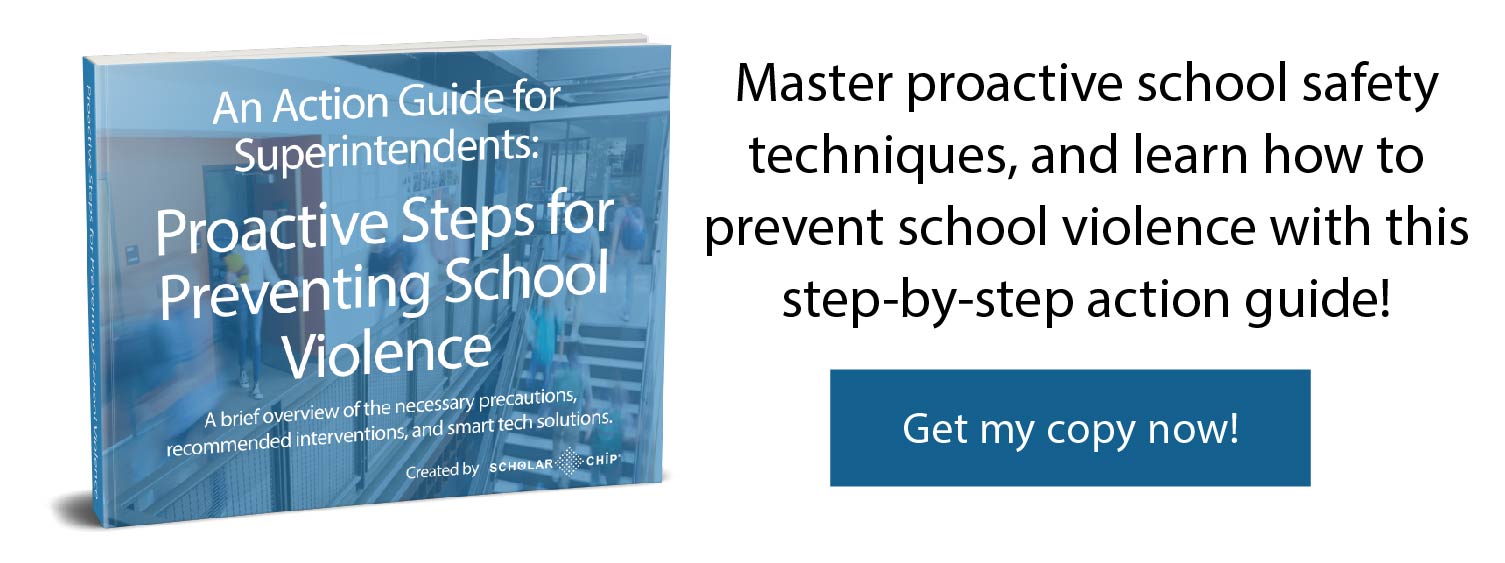Educators recognize that the demands stemming from the 21st century require a new approach to education. Developed as a series of policies, practices, and interactions, the whole child concept was designed to address the needs of students today as well beyond their academic career.
Unsurprisingly, many of the components of the whole child educational philosophy focus on the student’s social and emotional well-being. It isn’t just about learning; It’s about creating a space where students feel comfortable and secure so that they can concentrate on education.
An alarming number of students today do not feel safe in their school environments. Administrators must connect the whole child and school safety to meet the student’s needs. The good news is that addressing security increases students’ feeling of security while in the school environment, which in turn aligns with the whole child concept and the socio-emotional needs of students.
The bad news is that focusing on the wrong security solutions may contribute to budgetary problems, along with students feeling unsafe while at school. Security solutions should align with a school’s whole child programs and practice to ensure children receive the attention and support that they need while preventing safety issues.
Addressing Absenteeism
The tenets of the whole child concept include each student being actively engaged in learning and being academically prepared for advanced study and employment. Absenteeism gets in the way of achieving those goals.
Chronic absenteeism – defined as missing 10 percent or more of the academic year – can signal that a child is in distress or experiencing a variety of issues. Some of those issues could stem from a student feeling unsafe within the school environment.
Students who lack a feeling of security while in school have a difficult time concentrating while in the classroom. They may fear ridicule from their peers and avoid participating in school activities as a result. They could also be the victim of bullies on campus, causing their focus to shift from math and reading to physical security.
This is a self-perpetuating cycle. Students that avoid class, either because of a concern for their physical safety or to prevent emotional and verbal attacks, fall behind. Once behind, it becomes harder for students to understand and actively participate in lessons. As their academic performance slides, so does their willingness to go to school. Consequently, chronic absenteeism has a direct effect on graduation rates.
Identifying and working with students who show signs of chronic absenteeism will improve their educational performance and potential as adults. Addressing these concerns can also uncover safety issues within the school that were previously unidentified.
For schools that have resources and procedures in place to help these students, the challenge becomes finding them before their absence becomes a significant issue. Automated solutions that track student attendance and provide easy reporting, like Smart IDs, are key to getting students the help they need.
Identifying Issues Outside of School
The whole child concept acknowledges that all elements of a student’s life can affect their educational performance. As a result, schools need to be able to recognize and intervene on issues that may be occurring at home or off campus.
Problems at home – including poor nutrition, frequent illness, transportation issues, and even abuse – can manifest as chronic absenteeism, attendance issues, or even behavioral problems. These challenges may extend to how their peers treat children. Students may be made fun of or experience bullying because of their socio-economic status.
Depending on the situation, students may be hesitant or embarrassed to talk about the issues they are facing. If they are being bullied, they may want to feel empowered by handling it themselves. If the issues are at home, students may be reticent to involve outside resources for what seems like a family situation, or they may be unaware that those resources exist. Staff must keep an eye out for trouble signs so that the school can step in and assist.
As discussed, one signal to issues is chronic absenteeism. Another is attendance issues. Where chronic absenteeism involves frequent excused absences, attendance issues are missing school without an approved reason. Students could be skipping individual classes, missing the bus, or never showing up at school.
No matter the initial cause, attendance issues can be a harbinger of more pressing security concerns. School interested in proactively addressing and eliminating safety challenges must consider how to recognize and manage attendance problems within the school’s population.
Supporting Needs of Students
Ensuring attendance is only one facet of supporting the needs of the individual child in a way that also improves school security. Students with challenges, inside or outside of school, may exhibit behavioral issues in the classroom instead of or in addition to absences. Students may also act out in class if the environment doesn’t meet their individual needs.
Displays of inappropriate or aggressive behavior in the classroom can have a number of causes and repercussions. Adverse experiences, like bullying or being picked on can manifest in acting out. Other traumas that have occurred inside or outside of school can also impact a student’s behavior in the classroom. These students may have a difficult time learning in a traditional educational environment and may need special services to achieve success. As with everything with the whole child concept, a complete view of a student’s needs must be considered.
To appropriately address behavioral issues, teachers need classroom tools that help them tag and track behaviors so that patterns can be established, and help can be efficiently requested. Because issues may show up at any time, systems for recording problems are only useful if they span the student’s entire educational career. Students with additional needs may fall through the cracks if the meter resets on them at the beginning of each school year.
Supporting the whole child has many benefits. For students, the whole child philosophy sets them up for success not just in their current educational career, but well beyond their school years. Administrators now understand that meeting the social and emotional needs of students is crucial to long term success. Addressing those needs also bleeds over into school safety. Students who don’t feel safe at school perform poorly, leading to attendance issues and potentially even behavioral ones. Proactively attending to these needs not only ensures that individual students have a better scholastic experience, but that potential security problems are being addressed.
Schools need the right tools to get ahead of security problems while also keeping the whole child in mind. Tools like ScholarChip’s Smart ID cards and ScholarChip-ABE (Alternative Behavior Educator) make tracking and reporting on absences and classroom behaviors easy, allowing teachers and staff to stay focused on educating the whole child while also proactively preventing school security issues.
ScholarChip is an all-in-one, platform solution to help reduce school threats and address the important issues surrounding school safety. Data from students, faculty, and stakeholders are leveraged to manage school access, attendance, and behavior management through the platform tools to increase safety and promote the campus climate schools are looking for.
If you would like to learn more about how you can capitalize on the latest security solutions for your schools, schedule a free 1-on-1 strategy session with one of our specialists today!


